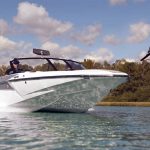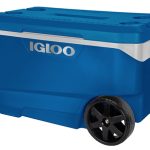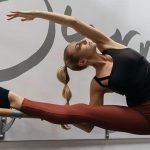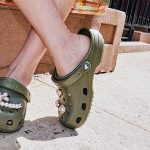Most key measures of profitability slipped for
full-line sporting goods stores and specialty sport shops, according to data
in the newly released NSGA Cost of Doing Business Survey.
The report, published every two years by the National Sporting Goods
Association, indicated that Net Operating Profit and Return on Net Worth
fell for full-line retailers; Return on Total Assets rose. Specialty sports
shops slipped on all three key measurements.
“In spite of productivity gains in many key metrics, the NSGA Cost of Doing
Business Survey shows full-line retailers were hurt by a sharp drop in Gross
Margin on Merchandise Sales; specialty sport shops suffered from a rise in
Total Operating Costs,” NSGA President & CEO James L. Faltinek said.
For full-line sporting goods stores, Net Operating Profit fell to 1.2%
versus 2.4% compared to the 2001 survey; Return on Net Worth, 6.2% versus
7.3%. Return on Total Assets rose to 3.4% versus 1.4% in the 2001 survey.
For specialty sports shops, Net Operating Profit fell to 2.8% versus 4.1%
compared to the 2001 survey; Return on Net Worth, 11.9% versus 19.9%; Return
on Total Assets, 4.4% versus 9.5%.
In spite of the drop in gross margins, full-line retailers improved four
other measures of productivity (sales per selling square foot, sales per
employee, total operating expenses and inventory turnover), while specialty
sports shops improved only gross margins from levels in the previous study.
Sales per selling square foot edged up slightly for full-line sporting good
stores ($260 in 2003 vs. $254 in 2001), but fell sharply in specialty sport
shops ($215 in 2003 vs. $278 in 2001).
“Specialty sport shops did a better job of improving gross margins on
merchandise sales,” Faltinek said. Specialty shops improved their margin
from 40.9% in 2001 to 43.7% in 2003. For full-line stores, gross margin fell
to 34.7% from 38.0% two years earlier.
Full-line store inventory turnover rate rose to 2.6 times versus 2.0 times
in 2001 and on a level with the 1999 and 1997 surveys. Specialty sport
shops, with an inventory turn of 2.5 times, was on a par with the three
previous surveys.
According to Faltinek, “This research effort provides sporting good stores
with the most up-to-date comparative financial performance information
available anywhere. A record number of 314 companies participated in the
2003 study versus 295 in 2001,” Faltinek said. “This has allowed us to
segment a new specialty area (backpacking/camping) in addition to the three
specialty areas (specialty fitness, ski and team dealers) already in the
survey.”
In addition to the segmentation of sporting good stores and specialty shops
by sales volume, comparison categories include single versus multi-store
operations, size of store and marketing mix. The study also provides
comparisons to high-profit performing retailers.
Besides Balance Sheet and Income Data, the NSGA Cost of Doing Business
Survey includes five measures of profitability, three measures of financial
management and 14 measures of productivity. The study is provided at no
cost to NSGA retailer members. Non-members can obtain the study for $250.














